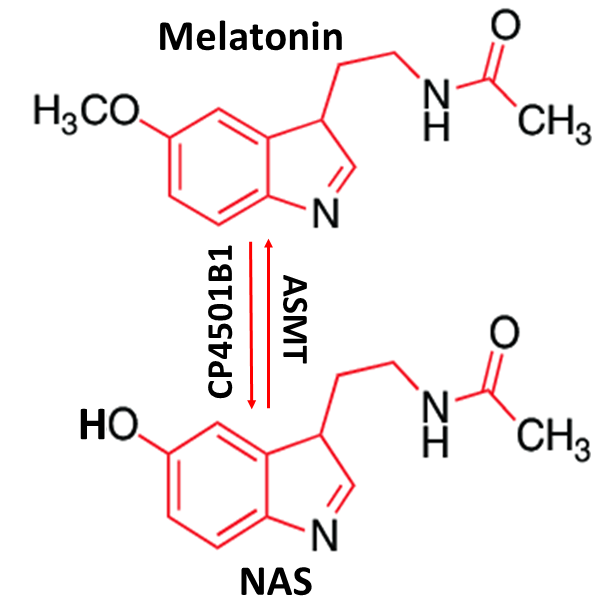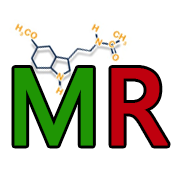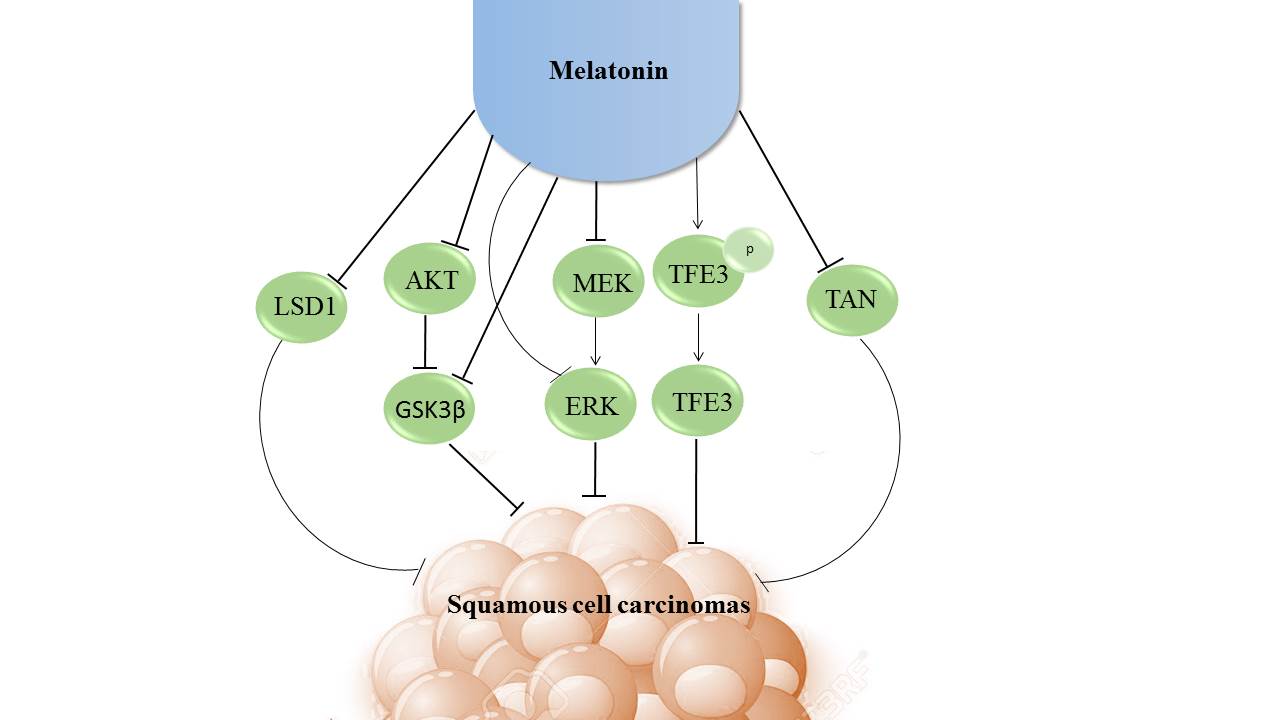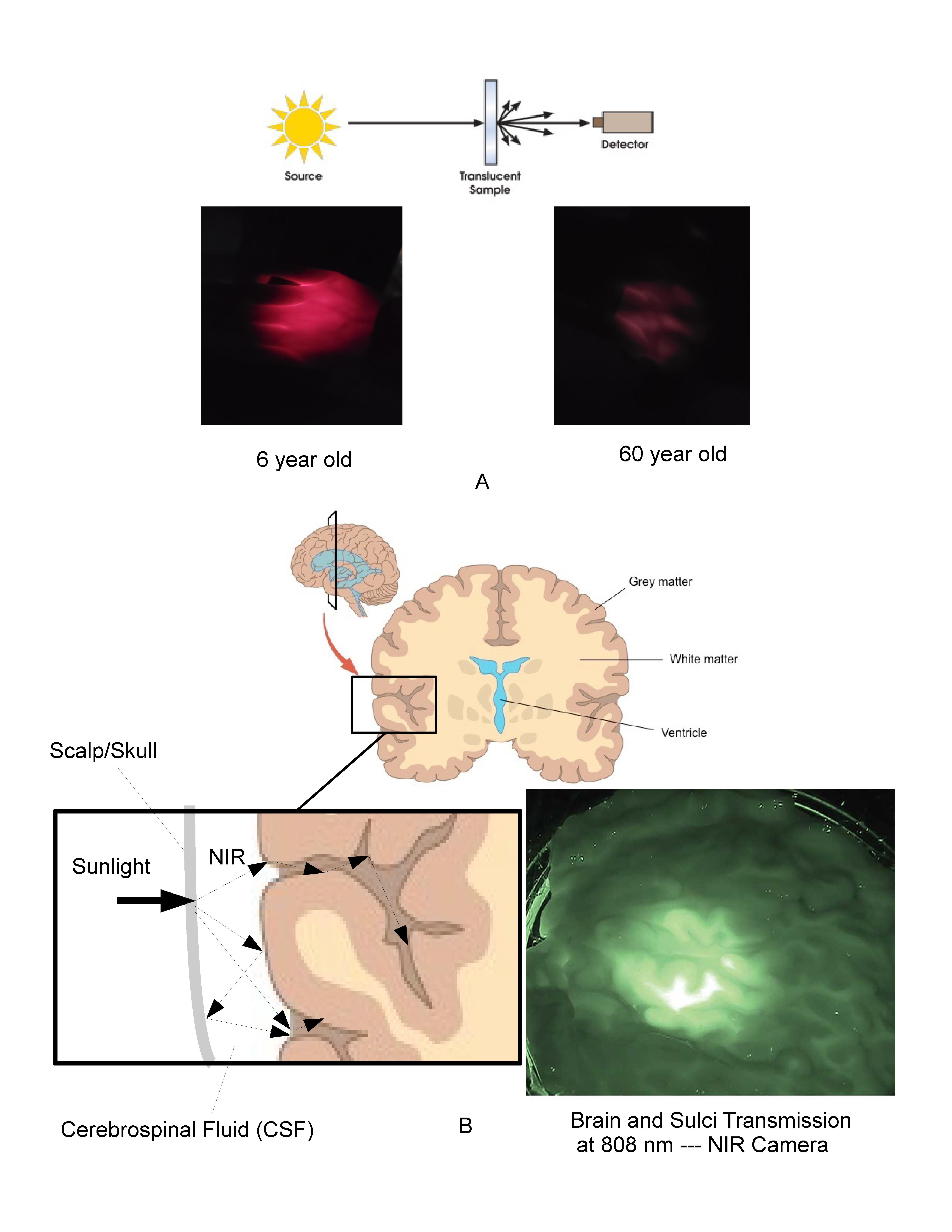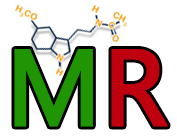
In the current issue, S. Zimmerman and RJ. Reiter published an article entitled “Melatonin and the Optics of the Human Body”. In this article they pointed out that the active wavelengths for inhibition of circulatory melatonin extend from 420nm to 500nm (visible). Optically they show that uniquely virtually all our cells are exposed to near infrared (NIR) photons which extend from 650nm to 1200nm. NIR represents 70% of the total solar spectrum from a photochemical viewpoint (photons/second). While this evidence supports that the visible light suppresses the circulatory melatonin produced by the pineal gland, the literature and bio-optical models appear to support the hypothesis that the NIR portion of natural sunlight stimulates subcellular melatonin synthesis in large amounts in most of our cells throughout the day. They hypothesized that the role of circulatory melatonin produced by the pineal gland is to provide an efficient method of delivering supplemental melatonin during periods of low cellular activity, while the subcellular melatonin generated from solar NIR stimulation forms an antioxidant reservoir protecting damaged or aging cells in both diurnal and nocturnal animals. They mentioned that circulatory melatonin may be the “Hormone of Darkness”, subcellular melatonin may be the “Hormone of Daylight”. This figure illustrates the broad range of optical properties that the human body is exposed to throughout the solar spectral range from 250nm to over 4000nm and their association with melatonin synthesis.
